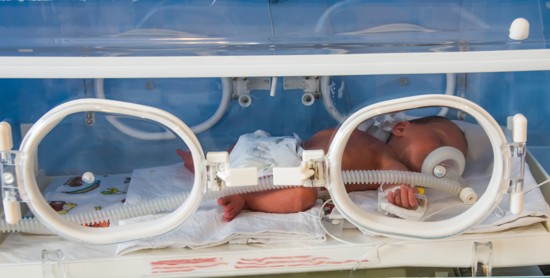What’s happening to the mother?
Your lung capacity now starts to increase to ensure that both you and your baby receive enough oxygen. Your heart beats faster to compensate for the increase in your body’s needs.
The womb takes up a lot of space, leaving less space to fill up the lungs with air. It is common to feel breathless, even during minimal exertion. Extra water in your body is not uncommon, and you may notice it most through swollen legs.
Many women find they become constipated more easily. The reason for this may be less physical activity or hormones that affect digestion. It can also be due to a lack of dietary fibre or insufficient fluid intake.
Your body will gradually begin to prepare for childbirth at the end of this period through more frequent and clearer contractions in the uterus. These start at the top of the abdomen and spread throughout the uterus before subsiding. They normally last about 30 seconds.
These are known as Braxton Hicks contractions. At first, Braxton Hicks contractions may feel like weak menstrual pain, but they can gradually become increasingly uncomfortable. They should not be painful.
If you have given birth before, you may feel Braxton Hicks contractions earlier in your pregnancy and often perceive them as being stronger and more intense.
It can sometimes be difficult to tell Braxton Hicks contractions from proper contractions. Braxton Hicks contractions normally pass quickly and can change if you lie down, change position or move. They are not regular and rarely increase in intensity.
Development of the fetus
Weeks 29, 30, 31 and 32
The fetus now resembles a newborn baby and may have settled head first in the pelvis. Many women feel pressure downwards towards the pelvic floor.
The baby will be around 40 centimetres long and weigh between 1,600 and 2,000 grams.
Weeks 33, 34 and 35
The baby’s internal organs are now fully developed, with the exception of the lungs, which take a little longer to mature. The baby therefore does regular breathing exercises.
The baby will be around 45 centimetres long and weigh between 2,200 and 2,600 grams.

For tidlig fødsel
Et svangerskap varer vanligvis mellom 37 og 42 uker. Det regnes som en prematur fødsel om du føder før den 37. svangerskapsuke.
Illustration: Colourbox
Pregnancy weeks 36, 37 and 38
Your womb will gradually drop and you will find it a little easier to breathe. Some women find it difficult to sleep because they cannot get comfortable when lying down.